The cosmic race: How the expansion rate of the Universe shakes up physics and astronomy?
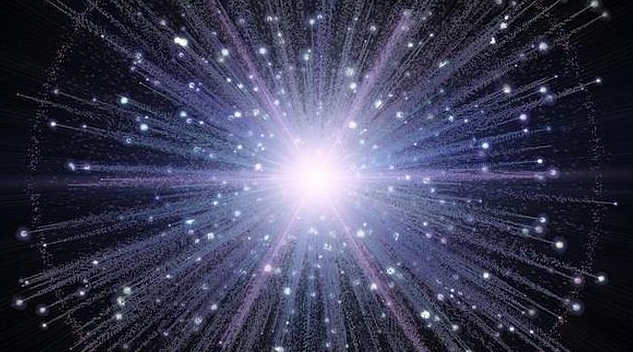
Hello hello! I bring you some astronomical news that you are going to love, it turns out that a group of very smart scientists from the University of Minnesota Twin Cities has done something incredible: they have measured the expansion rate of the Universe in a super unique and amazing way! These scientists have been in a loooong debate about how to accurately measure the age of the Universe and better understand how this whole cosmic racket works.
In astronomy there are two very precise ways of measuring the expansion of the Universe, known as the “Hubble constant”. One is based on close observations of supernovae, while the other uses radiation left floating around after the Big Bang, known as the “cosmic microwave background.” The problem is that these two measurements differ by 10 percent, which has generated a lot of debate among scientists!
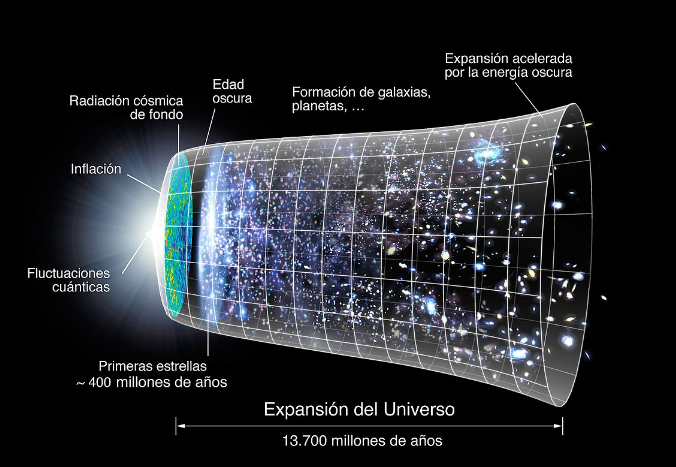
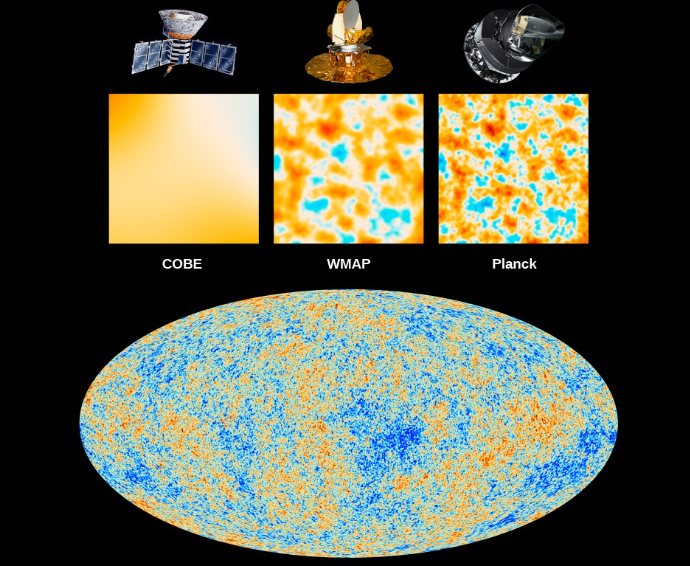
But wait! Here comes the exciting thing: these scientists have used a completely different technique to measure the expansion rate of the Universe, and do you know how they did it? Using a supernova that has been magnified and generated multiple images! Incredible, isn’t it? It turns out that this telescope captured four different images of the same cosmic event, because the supernova was gravitationally trapped by a cluster of galaxies. This means that the light is bent and magnificent, as if the cluster had special powers!
Thanks to the time differences between the appearances of these images in 2014 and 2015, the scientists were able to calculate the Hubble constant using a theory that had been sitting on the shelf since 1964. What a discovery! This doesn’t completely settle the debate, but it does give us more information about the problem and brings us closer to knowing the age of the Universe with incredible precision. In addition, these researchers also found something very interesting about dark matter in galaxy clusters, it seems that some current models can explain the observations of supernovae, this helps them determine the most precise places where dark matter is found in these clusters. A mystery solved for astronomers!
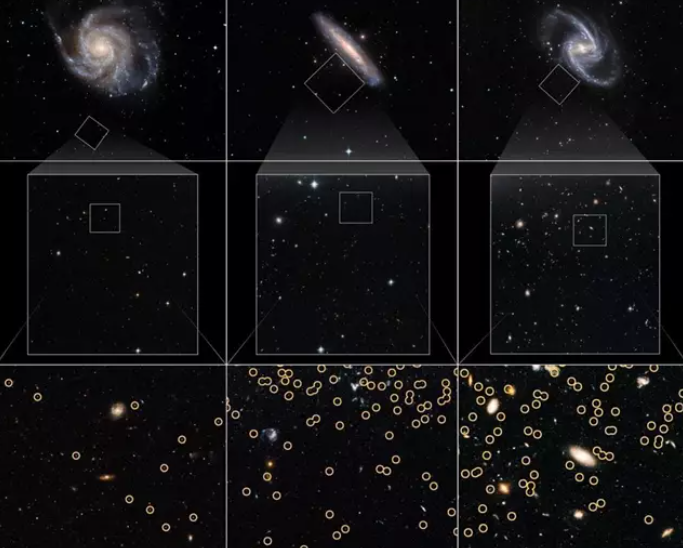
So there you have it, a group of brave scientists have used a multi-imaging supernova to measure the expansion rate of the Universe and shed light on a long-standing debate. There is still much to discover, but we are getting closer to understanding this vast cosmos in which we live. To infinity and beyond!
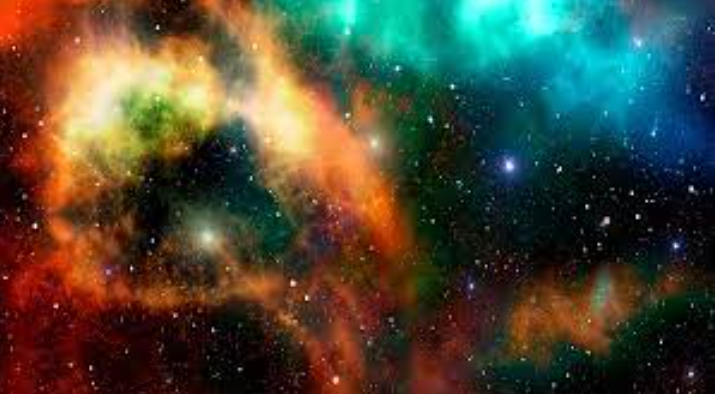
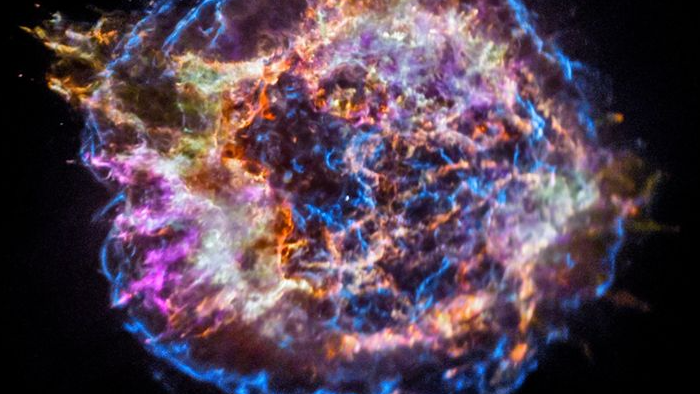
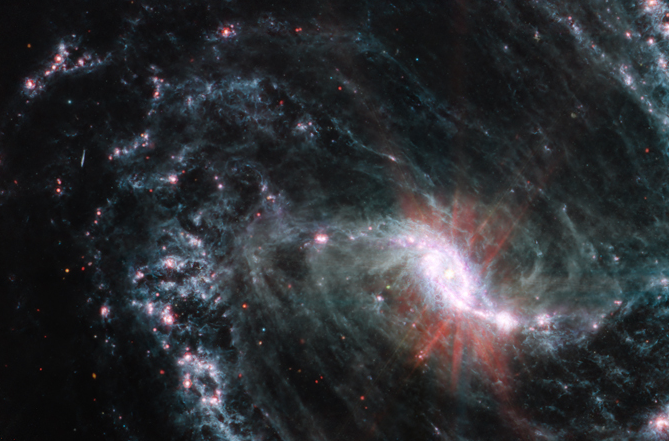
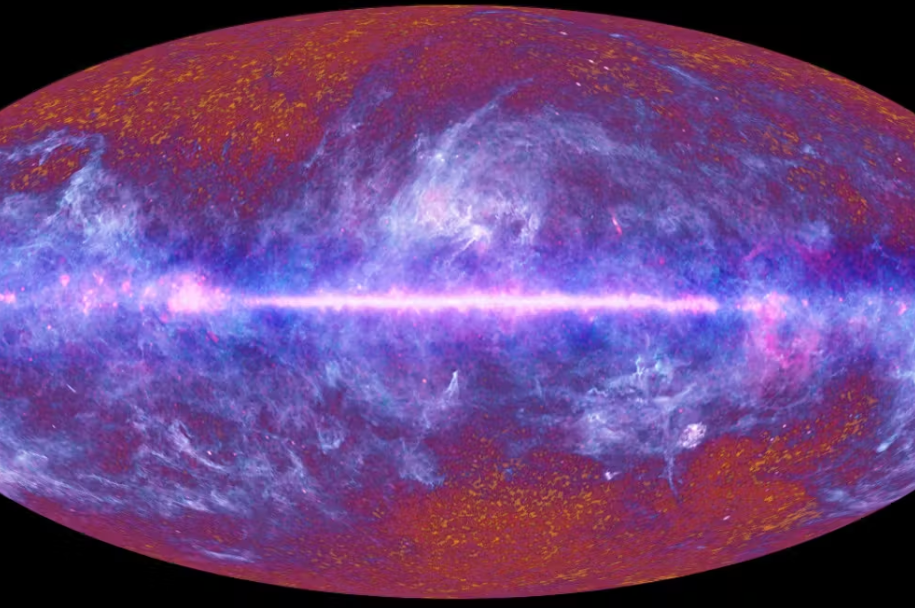
Responses